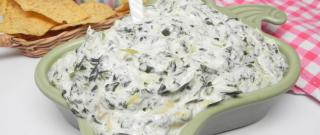
Sushi rolls can be filled with any ingredients you choose. Try smoked salmon instead of imitation crabmeat. Serve with teriyaki sauce and wasabi.
Ingredients
- water: 1.33333 cups
- uncooked short-grain white rice: 0.66667 cup
- rice vinegar: 3 Tbsp
- white sugar: 3 Tbsp
- salt: 1.5 tsp
- nori seaweed sheets: 4 sheets
- imitation crabmeat, flaked: 0.5 pound
- avocado: 1 piece (sliced)
- cucumber: 0.5 piece (peeled, cut into small strips)
- pickled ginger: 2 Tbsp
Metric Conversion
Stages of cooking
-
Preheat the oven to 300 degrees F (150 degrees C).

-
Bring water to a boil in a medium pot; stir in rice. Reduce heat to medium-low, cover, and simmer until rice is tender and water has been absorbed, 20 to 25 minutes.

-
Mix rice vinegar, sugar, and salt in a small bowl. Gently stir into cooked rice in the pot and set aside.

-
Lay nori sheets on a baking sheet.

-
Heat nori in the preheated oven until warm, 1 to 2 minutes.

-
Center 1 nori sheet on a bamboo sushi mat. Use wet hands to spread a thin layer of rice on top. Arrange 1/4 of the crabmeat, avocado, cucumber, and pickled ginger over rice in a line down the center. Lift one end of the mat and roll it tightly over filling to make a complete roll. Repeat with remaining ingredients.

-
Use a wet, sharp knife to cut each roll into 4 to 6 slices.




